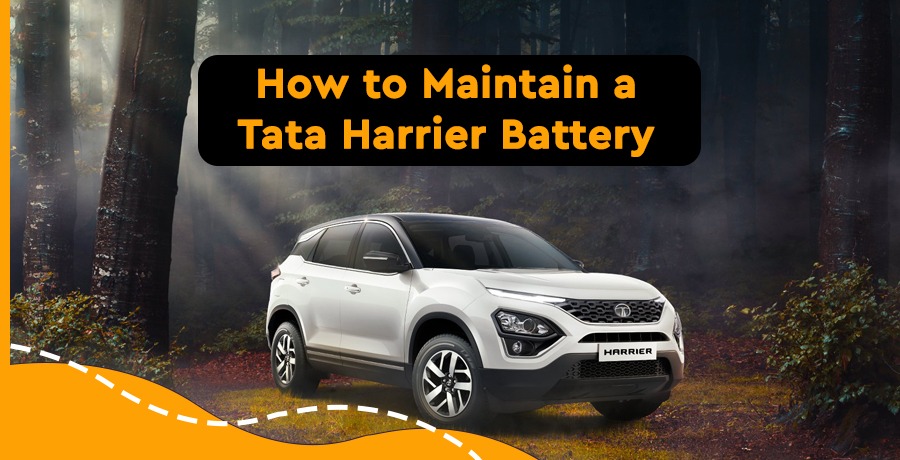Introduction
The battery in your Tata Harrier plays a vital role in starting the engine, powering electrical components, and ensuring a smooth driving experience. Proper battery maintenance is essential to keep it in good condition, extend its lifespan, and prevent unexpected breakdowns. In this article, we will discuss valuable tips on how to maintain your Tata Harrier's battery for optimal performance.
1. Regular Inspection
One of the most fundamental aspects of battery maintenance is routine inspection. Start by checking the battery terminals for signs of corrosion or loose connections. Corrosion can impede the passage of electricity, which might cause difficulties beginning. If you see any corrosion, use a wire brush and a solution of baking soda and water to clean the terminals. Additionally, ensure the battery is securely fastened in its tray or bracket to prevent vibrations and damage.
2. Keep it Clean
A clean battery is a healthy battery. Dirt, dust, and moisture can accumulate on the battery's surface, potentially causing electrical leakage or short circuits. Periodically clean the battery case with a cloth or sponge and a mild detergent to remove any contaminants. Make sure to rinse thoroughly and dry it completely to prevent moisture-related issues.
3. Check Battery Fluid Levels
If you have a maintenance-free battery, you won't need to check fluid levels because these batteries are sealed. However, if your Tata Harrier has a conventional battery with removable caps, you should inspect the electrolyte levels regularly. The electrolyte should cover the lead plates inside each cell. If it's low, add distilled water to bring it to the proper level, but do not overfill. Always wear safety glasses and gloves when handling battery acid.
4. Drive Your Tata Harrier Regularly
Batteries tend to discharge over time, especially if the vehicle is left unused for extended periods. If you store your Tata Harrier for an extended period, consider using a battery maintainer or trickle charger to keep the battery charged. Alternatively, you can start the vehicle and let it run for a short period periodically to maintain the battery's charge.
5. Limit Electrical Load
Modern vehicles like the Tata Harrier come equipped with a variety of electrical accessories and features, from infotainment systems to power windows. Excessive use of these accessories when the engine is not running can drain the battery. To prevent unnecessary strain on the battery, minimize the use of electrical components when the engine is off.
6. Check Alternator Performance
While the engine is running, the alternator is in charge of recharging the battery. If it fails to do so, the battery will eventually drain, leading to starting issues. If you notice dimming headlights, electrical problems, or the battery warning light on your dashboard, it may indicate a failing alternator. If necessary, have it examined and fixed by a professional.
7. Extreme Weather Considerations
Battery life can be significantly impacted by extreme temperatures. In hot climates, high temperatures can cause the battery to lose water more rapidly, leading to premature failure. In cold climates, the battery's capacity decreases, making it harder to start the engine. Consider parking your vehicle in a shaded area in hot weather and using a battery heater or blanket in cold weather to extend your battery's life.
8. Professional Battery Testing
If you're uncertain about your battery's condition or performance, it's a good idea to have it tested by a qualified mechanic or at an auto repair shop. They can use specialised equipment to assess the battery's health and determine if it needs replacement.
Conclusion
Maintaining your Tata Harrier's battery is essential for reliable vehicle performance and avoiding unexpected breakdowns. By following these tips, you can extend the life of your battery and ensure that your Tata Harrier starts smoothly every time you turn the key. Regular inspection, cleanliness, and prudent electrical usage are key to maintaining a healthy battery. Remember that when it's time for a replacement, always choose a high-quality battery that meets your vehicle's specifications for the best performance and longevity.






